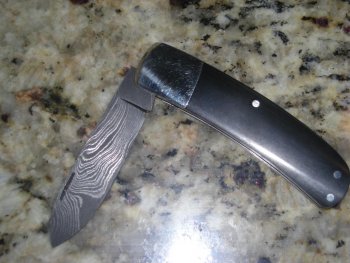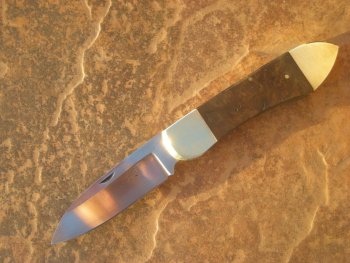coachcampana
Well-Known Member
I was wondering if anyone did anything special to attach a liner to handle material? I've attached g10 to micarta by roughing up the parts and using epoxy. But I was wondering if this is the norm?
I'd like to add a liner to some wood knife scales I'm making. I'm debating between the g10 and some copper sheet I have. Would any of you do anything g different with the copper sheet when attaching it to wood? Or would I just use the same process as before and rough up the mated surfaces and use epoxy?
Thanks I'm advance for reading and or responding.
I'd like to add a liner to some wood knife scales I'm making. I'm debating between the g10 and some copper sheet I have. Would any of you do anything g different with the copper sheet when attaching it to wood? Or would I just use the same process as before and rough up the mated surfaces and use epoxy?
Thanks I'm advance for reading and or responding.




